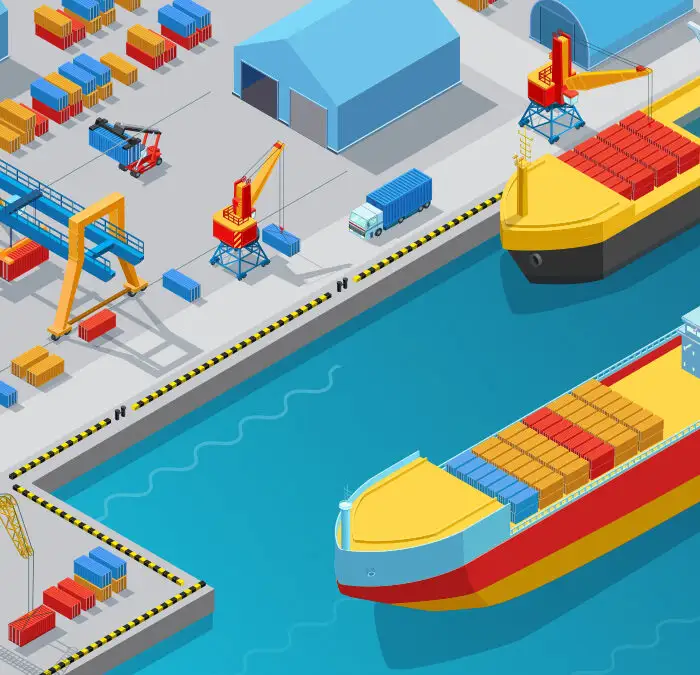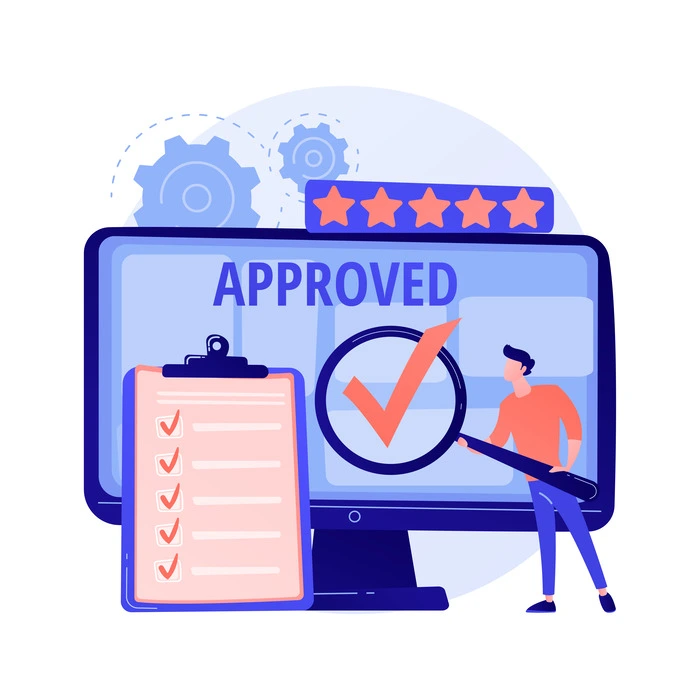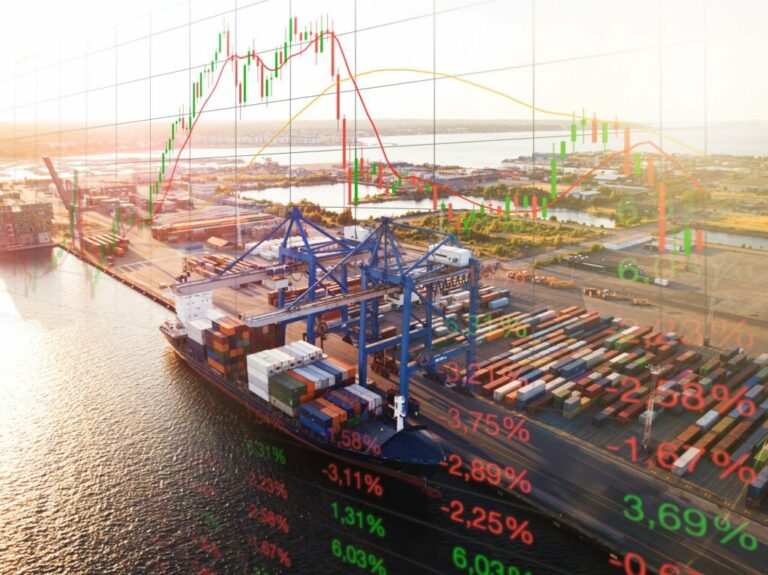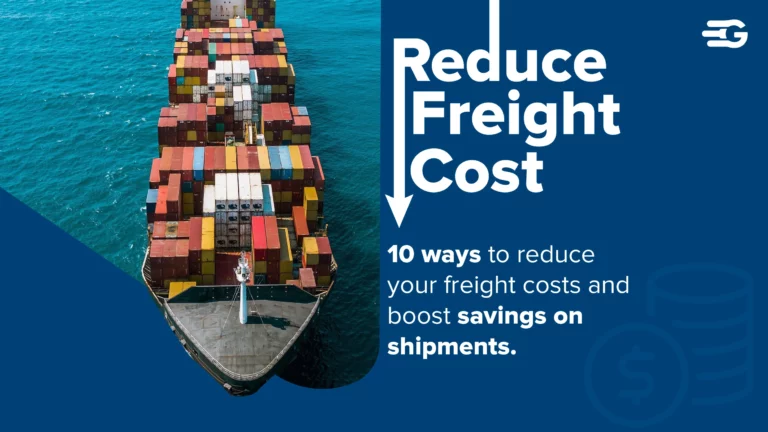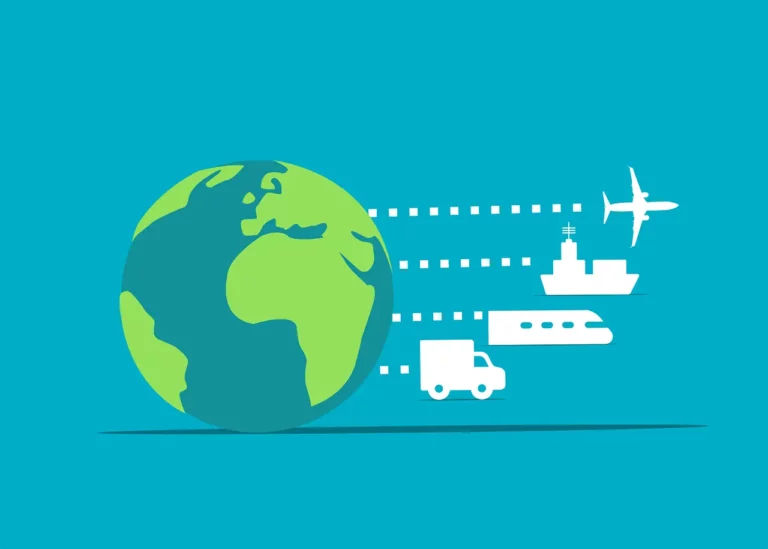10 Proven Strategies to Reduce Transportation Costs in Logistics
Transportation cost reduction is one of the most pressing goals for businesses with high shipment volumes. Rising fuel prices, labor shortages, and inefficiencies can quickly inflate logistics costs. For enterprises handling frequent large shipments, cost control is critical for maintaining profit margins and customer satisfaction.
For instance, optimizing routes may reduce fuel costs, while shipment consolidation can lower per-unit shipping expenses. Adopting smarter practices can lead to significant savings over time.
Let’s dive into strategies that make transportation cost reduction a reality for businesses.
Why Transportation Costs Matter in Logistics
Transportation costs account for a large portion of logistics expenses. Businesses shipping goods frequently know how quickly these costs add up. Poor route planning, underutilized vehicles, and fuel inefficiencies create unnecessary expenses.
Higher costs in logistics can reduce profitability, limit competitive pricing, and even delay customer deliveries.
By implementing strategies like shipment optimization and advanced technology, businesses can keep costs under control while ensuring on-time delivery.
Key Strategies to Reduce Transportation Costs
1. Optimize Route Planning
Route planning can save businesses thousands of dollars in transportation costs. Poorly planned routes lead to extra fuel use, longer delivery times, and higher labor expenses.
Advanced route optimization tools help businesses find shorter, more efficient routes. These tools use GPS, AI, and real-time traffic data to guide drivers.
For freight forwarders managing large fleets, optimization ensures each truck travels fewer miles. This reduces fuel consumption and vehicle wear.
In our experience managing B2B shipments, a simple GPS optimization once saved a business 15% on fuel costs in a single month. Small changes make a big difference.
2. Consolidate Shipments
When trucks carry underutilized loads, costs skyrocket. Consolidating shipments is an effective way to reduce per-unit transportation costs.
Combining smaller shipments into a single load maximizes truck capacity. It also reduces the number of trips required to move goods.
For businesses shipping large volumes, partnering with freight forwarders who offer consolidation services can provide significant savings.
This strategy works particularly well for businesses with regular deliveries to similar locations. Shipping fewer, larger loads cuts labor, fuel, and maintenance costs.
3. Explore Intermodal Transportation
Intermodal transportation involves combining different transportation modes, such as rail, trucking, and sea freight. This strategy helps businesses reduce costs for long-distance shipments.
For example, shipping goods via rail for long distances can cost significantly less than using trucks. Businesses can switch back to trucks for the final mile of delivery.
This hybrid approach reduces fuel consumption and keeps transportation cost reduction manageable for enterprises.
Freight forwarders with intermodal expertise can help businesses optimize routes, reduce expenses, and improve delivery efficiency.
4. Leverage Fuel-Efficient Vehicles
Fuel costs are a major expense in logistics. Upgrading to fuel-efficient vehicles can make a substantial impact.
Electric trucks and hybrid vehicles are becoming increasingly popular for short-haul deliveries. For long-haul trips, maintaining fuel-efficient diesel trucks helps reduce costs.
Preventive maintenance also improves fuel efficiency. Well-maintained vehicles consume less fuel and have fewer breakdowns.
Investing in the right fleet saves money in both the short and long term.
5. Use Technology for Real-Time Tracking
Technology helps businesses monitor and control costs at every stage of the supply chain. Real-time tracking tools ensure full visibility of shipments.
When businesses know the exact location of their freight, they can optimize routes, reduce idle times, and minimize fuel waste.
IoT-enabled devices, GPS systems, and telematics allow enterprises to manage their fleets more efficiently.
For instance, if a driver gets stuck in traffic, real-time data allows logistics managers to adjust the route instantly. This prevents delays and saves fuel.
Another important factor logistics managers must track is driver working hours. Staying compliant with HOS (Hours of Service) regulations ensures drivers don’t exceed their legal limits on driving time, helping prevent fatigue-related risks while optimizing fleet operations. Integrating HOS monitoring with real-time tracking systems further improves efficiency and keeps businesses compliant.
6. Negotiate Carrier Contracts
Working with freight carriers often involves fixed contracts. However, businesses can reduce costs by renegotiating rates based on shipment volume.
Carriers often provide discounts for bulk shipping or long-term contracts. Building strong partnerships with reliable carriers helps reduce overall costs.
Businesses shipping large amounts of freight should leverage their volume to negotiate better terms.
Another tip is to compare multiple carriers for similar routes and services. This encourages competitive pricing and ensures cost savings.
7. Automate Warehouse and Loading Processes
Loading delays cost time and money. Automation improves efficiency in warehouses and loading docks. Tools like automatic container loading systems reduce labor costs and speed up loading.
Automated loading systems ensure trucks are filled quickly and efficiently. This minimizes delays, optimizes truck space, and cuts labor expenses.
When loading processes align with scheduled dispatch times, the entire supply chain runs more smoothly.
Businesses investing in warehouse automation often see faster turnaround times and reduced overall costs.
8. Invest in Preventive Maintenance
Fleet breakdowns are expensive. They cause delays, increase fuel consumption, and require costly repairs.
Preventive maintenance ensures vehicles operate at peak efficiency. Regular oil changes, tire checks, and engine inspections reduce the risk of breakdowns.
Well-maintained trucks also use less fuel and last longer, which leads to long-term transportation cost reduction.
For large enterprises managing fleets, investing in a fleet management system can automate maintenance schedules and track vehicle health.
9. Outsource Logistics to a 3PL Provider
Managing transportation internally can be complex and costly. Third-party logistics (3PL) providers offer expertise and resources to streamline the process.
3PLs specialize in optimizing routes, consolidating shipments, and managing freight carriers. They also provide advanced technologies that improve cost efficiency.
By outsourcing logistics, businesses reduce overhead costs and benefit from 3PL providers’ economies of scale.
Enterprises should select 3PL partners based on reliability, transparency, and proven cost savings.
10. Utilize Predictive Analytics for Cost Optimization
Predictive analytics uses data to identify cost-saving opportunities in logistics. By analyzing shipment data, businesses can predict inefficiencies before they occur.
For example, historical data can highlight routes that consume more fuel or identify trends in shipping delays.
Analytics tools help businesses make data-driven decisions that optimize costs. Real-time analytics also allow companies to respond quickly to changing conditions, such as fuel price increases or traffic issues.
For enterprises shipping frequently, predictive analytics ensures they’re always ahead in reducing unnecessary expenses.
Conclusion
By implementing these 10 proven strategies, businesses can achieve significant transportation cost reduction across their supply chains. Each stage of the logistics process, from route planning to predictive analytics, offers opportunities to save.
Focusing on optimization, technology, and collaboration with partners ensures businesses remain cost-efficient and competitive in a fast-moving market.
FAQs
1. What are the main factors affecting transportation costs?
Fuel prices, labor costs, underutilized trucks, and inefficient route planning are major drivers.
2. How does route optimization help reduce costs?
It minimizes fuel consumption, reduces delivery times, and lowers labor expenses.
3. Why is shipment consolidation effective for cost savings?
Combining smaller shipments into one maximizes truck space and reduces the number of trips.
4. What is intermodal transportation?
It uses a combination of transportation modes (e.g., rail, trucking, ocean) to reduce long-distance shipping costs.
5. How can technology help in cost reduction?
Tools like real-time tracking, route optimization software, and predictive analytics improve visibility and decision-making.
